- the article discusses how to implement a printf statement that can be used from a shader
- presents a workaround that allows HLSL 2021 to convert strings into a char array for writing into a buffer
- code examples are presented with HLSL and D3D12
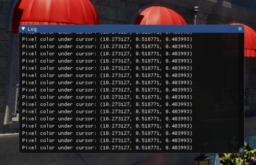
- the article presents a walkthrough on the steps required to generate simplex noise
- shows a comparison between texture and function-based noise generation
- additionally presents steps required to ensure that noise is tileable
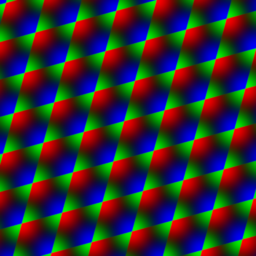
- the article discusses the portability of different methods to calculate noises/hashes across GPUs
- comparing methods to calculate, float, int, and functions as well as sampling differences
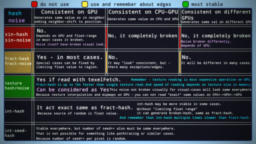
We are Threedy, a dynamic startup that emerged as a spin-off from the Fraunhofer Institute for Computer Graphics Research IGD in Darmstadt in 2020.
Threedy develops and distributes instant3Dhub - the first Visual Computing as a Service technology. It enables the productive use of Mixed Reality and digital work scenarios in any industrial applications in a simple and straightforward manner.
As an Unreal Developer, you will be involved in the development of our distributed rendering system and work on integrating our technology with the Unreal Engine.
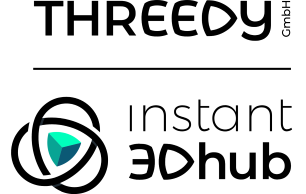
- the video provides an overview of different tessellation modes
- visually explains where the tessellation is applied and how different modes subdivide differently
- code examples are provided with OpenGL
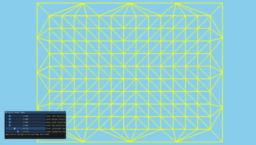
- the video tutorial shows how to create a water surface through the use of vertex displacement
- the effect is implemented using a visual shader editor using Unity and Unreal
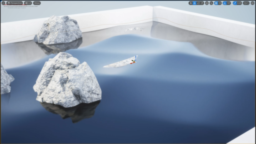
- the article discusses the complexities of using operations on the surface of a sphere
- presents issues of different encodings and extra difficulties with operations such as rotations, precision, distortions, etc.

Thanks to Dominik Lazarek for support of this series.
Would you like to see your name here too? Become a Patreon of this series.